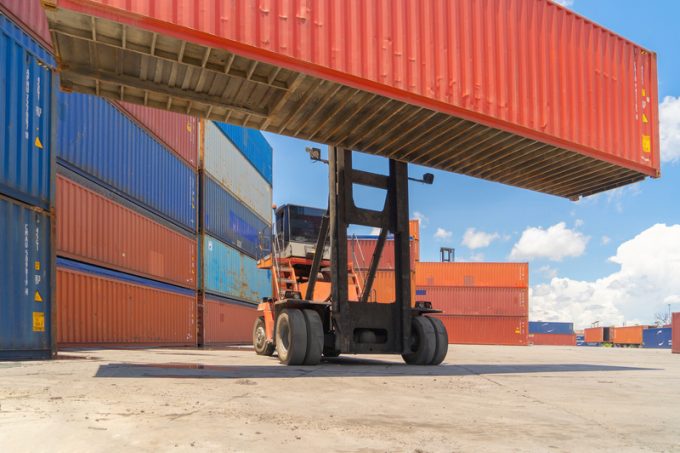Secondary box trades take centre stage, with global volume growth set to wane
Delegates at this week’s TOC Europe Container Supply Chain 2025 event in Rotterdam were told ...

As economies continue to rebound, global container trade is expected to grow by 5.8% this year, according to a forecast today from Alphaliner.
Recently, the IMF revised its global GDP growth forecast for this year to 6%, which suggests container volumes are set to track economic ...

Comment on this article